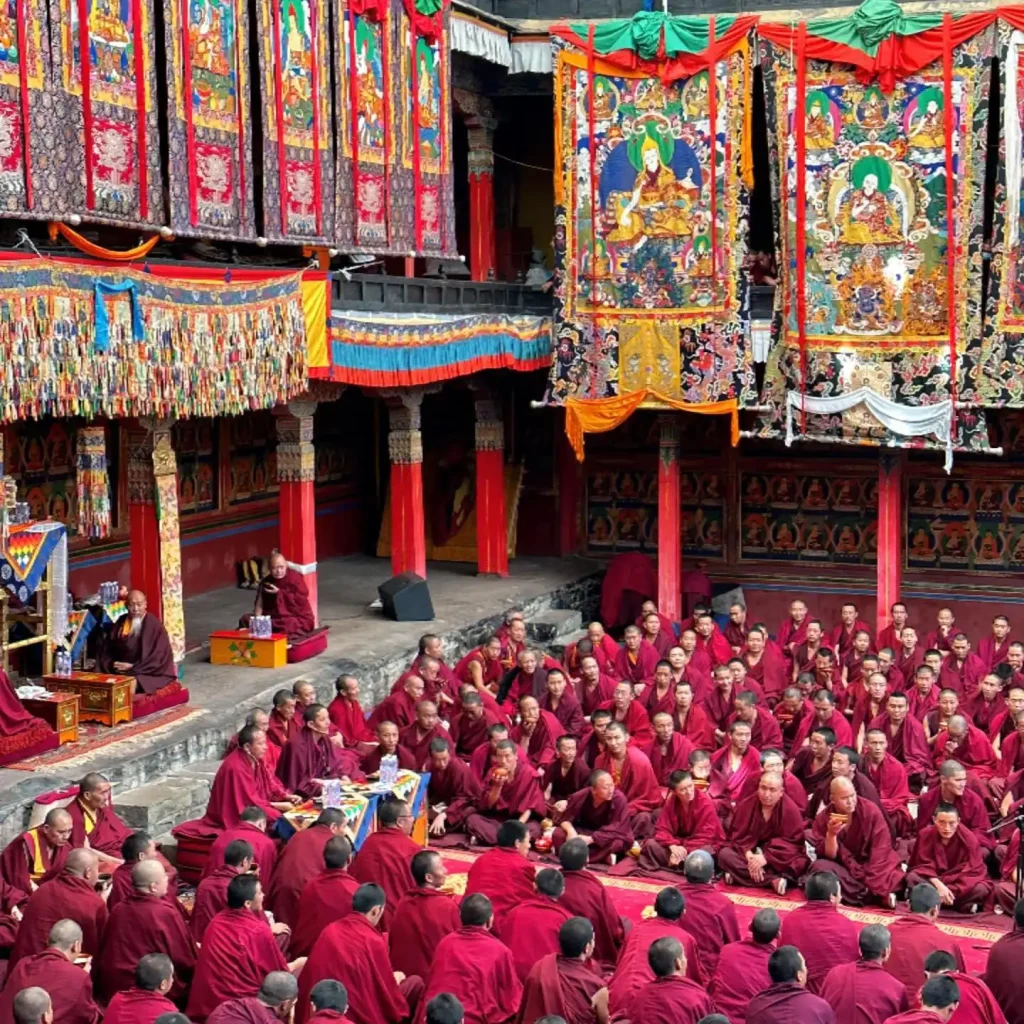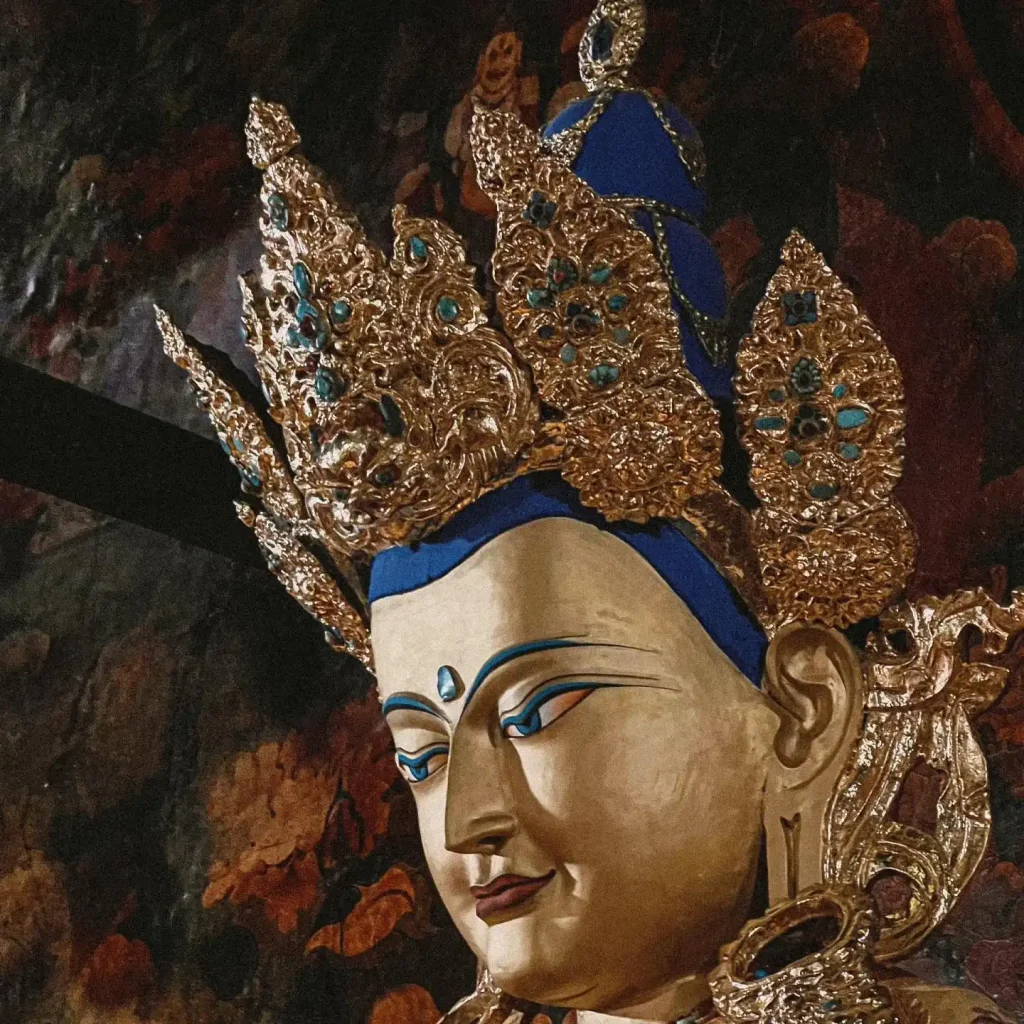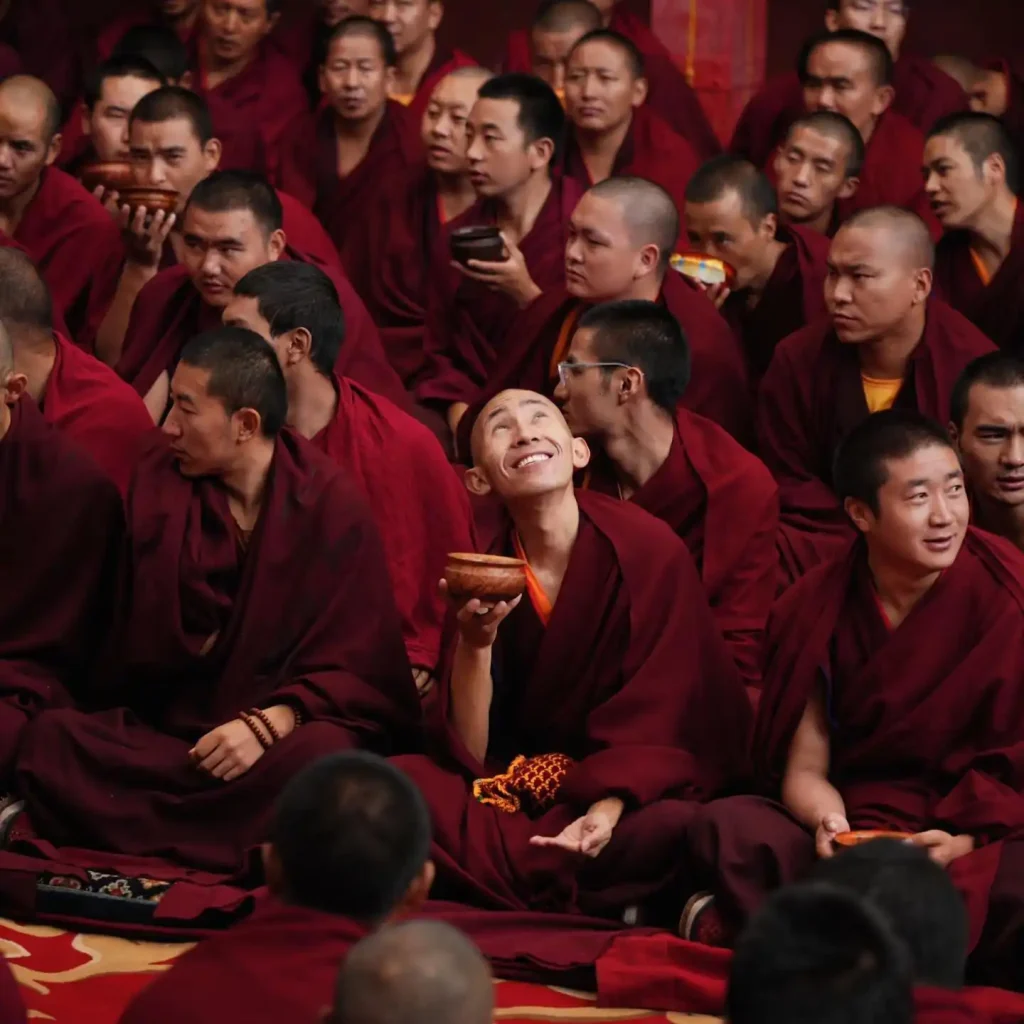
Tashilhunpo Monastery: The Crown Jewel of Tibetan Buddhism

Introduction to Tashilhunpo Monastery
Nestled at the foot of Nyima Mountain in Shigatse, Tibet, Tashilhunpo Monastery stands as one of the most revered spiritual and cultural landmarks of the Himalayas. Founded in 1447 by the 1st Dalai Lama, Gedun Drupa, it later became the traditional seat of the Panchen Lamas, Tibet’s second-highest spiritual leaders. A masterpiece of Tibetan Buddhist architecture and a UNESCO World Heritage Site, Tashilhunpo embodies the fusion of faith, resilience, and cultural identity. Its name, meaning “All Fortune and Happiness Gathering Monastery,” reflects its enduring role as a beacon of wisdom, unity, and enlightenment.
Tashilhunpo Monastery is a sprawling complex of golden-roofed temples, whitewashed stupas, and labyrinthine chapels that dominate the Shigatse skyline. Covering over 300,000 square meters, its architecture harmonizes Tibetan and Han Chinese influences, with towering walls painted in ochre and crimson—colors symbolizing spiritual power and monastic discipline.
The monastery is renowned for its colossal Maitreya Buddha Statue, a 26-meter-tall gilded bronze figure housed in the Chapel of the Future Buddha. This statue, adorned with jewels and precious stones, represents the Buddha of the coming age, radiating hope and compassion. Equally striking are the Stupas of the Panchen Lamas, elaborate gold-and-silver tombs encrusted with turquoise and coral, which serve as sacred reliquaries and pilgrimage sites.
Tashilhunpo remains an active monastic university, home to over 600 monks who study Buddhist philosophy, medicine, and astrology. Its courtyards echo with debates, chants, and the rhythmic turning of prayer wheels, sustaining a living tradition that has thrived for nearly six centuries.
Symbolic Significance: A Testament to Wisdom and Continuity
Tashilhunpo Monastery is far more than an architectural wonder—it is a living symbol of Tibetan Buddhism’s spiritual and cultural ethos:
- Eternal Wisdom: The monastery’s libraries house ancient scriptures, thangka paintings, and ritual objects, preserving the intellectual legacy of Tibetan Buddhism. Its teachings emphasize the pursuit of wisdom (prajna) as a path to liberation from suffering.
- Unity and Harmony: As the seat of the Panchen Lama, Tashilhunpo represents the balance of spiritual and temporal authority. The Panchen Lama, regarded as an emanation of Amitabha Buddha, symbolizes the continuity of Buddhist teachings and the unity of Tibet’s people.
- Resilience and Renewal: Despite surviving periods of turmoil, including damage during the Cultural Revolution, Tashilhunpo has been meticulously restored. Its revival mirrors Tibetan Buddhism’s ability to adapt while preserving its core values.
The monastery’s layout, designed as a three-dimensional mandala, reflects the Buddhist cosmology, guiding devotees through a symbolic journey from worldly ignorance to enlightenment. Pilgrims circling the complex perform the kora (circumambulation), their steps embodying the cyclical nature of life and the quest for inner peace.


Historical Legacy: From Imperial Patronage to Modern Resilience
Tashilhunpo’s history is intertwined with Tibet’s spiritual and political evolution:
- Founding and Early Growth: Established by the 1st Dalai Lama, the monastery gained prominence under the 4th Panchen Lama, Lobsang Chökyi Gyaltsen, who expanded its structures and influence in the 17th century. The Qing Dynasty emperors later recognized the Panchen Lamas as spiritual leaders equal in stature to the Dalai Lamas, cementing Tashilhunpo’s political significance.
- A Bridge Between Cultures: During the Ming and Qing dynasties, Tashilhunpo became a hub for cultural exchange. Chinese emperors gifted golden roofs and inscribed plaques to the monastery, while Tibetan artisans incorporated Han decorative motifs, creating a unique synthesis of styles.
- Trials and Revival: The monastery suffered partial destruction in the 20th century but was rebuilt with government and international support after the 1980s. Today, it stands not only as a religious center but also as a testament to Tibet’s enduring cultural heritage.
A Living Legacy of Faith and Identity
As butter lamps flicker in its chapels and pilgrims bow before the Maitreya Buddha, Tashilhunpo remains a sanctuary of hope, urging humanity to look beyond the transient and seek the eternal. In its shadow, the past and present merge, reminding us that even in a changing world, some truths—like the mountains surrounding Shigatse—stand unshaken.
 FateKarma
FateKarma






